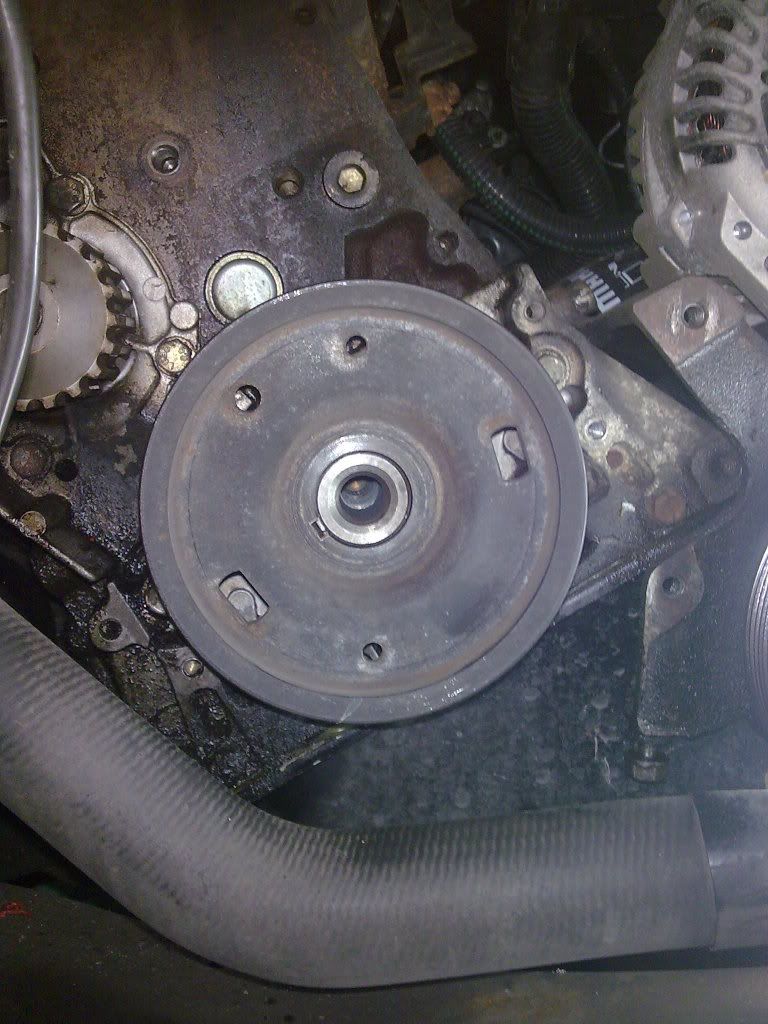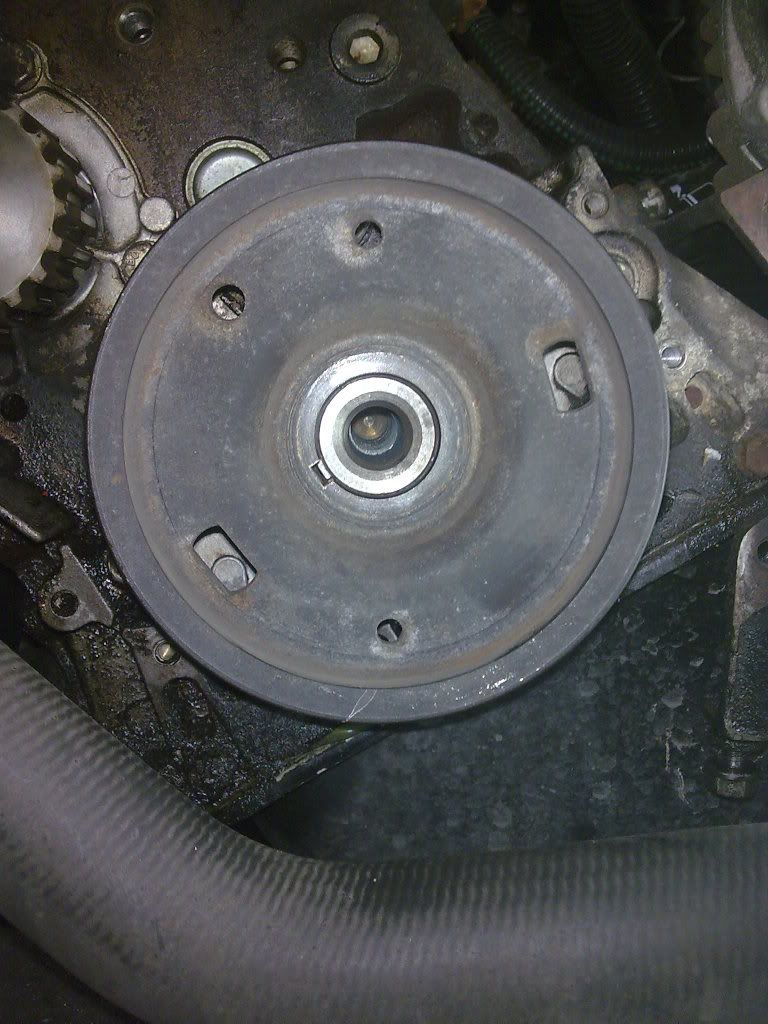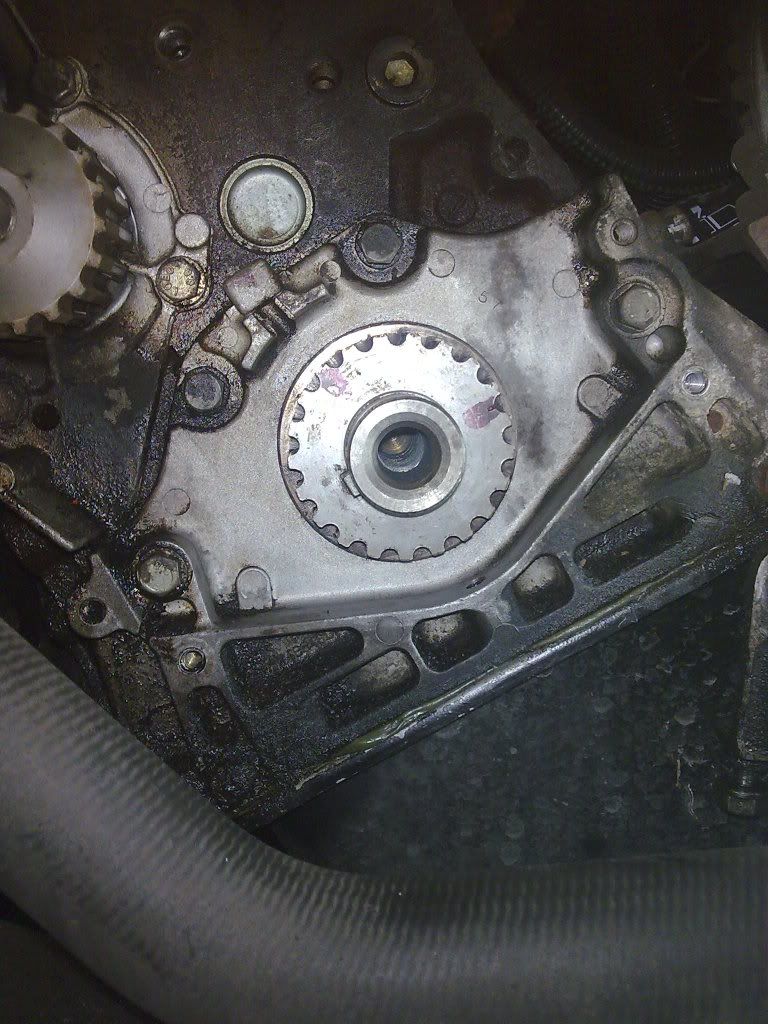Assuming your engine is similar to the Peugeot 806 8V petrol model, the procedure for replacing the timing belt is to pin both the crankshaft and camshaft pulleys BEFORE disassembly. A short rod (or suitably sized bolt) should be inserted at approximately the 'eight o'clock' position to lock the camshaft. Before unbolting the crankshaft pulley, a short rod/bolt should also be inserted through it at approximately the '11 o'clock' position. Once this is done, the flywheel should be locked in position and the rod/bolt through the crankshaft pulley should be removed.
The crankshaft pulley/lower timing cover/timing belt/etc can now be removed and the new belt fitted whilst the camshaft and crankshaft remain locked in position. Most DIY mechanics will not have the equipment to measure the tension of the new belt in SEEM units but twisting the belt through 45 degrees with your fingers should enable a reasonably satisfactory belt tension to be set.
If you have removed the timing belt without first locking the camshaft and crankshaft in position, you may be able to determine the correct crankshaft setting by refitting the pulley and inserting a bolt at the correct position.









